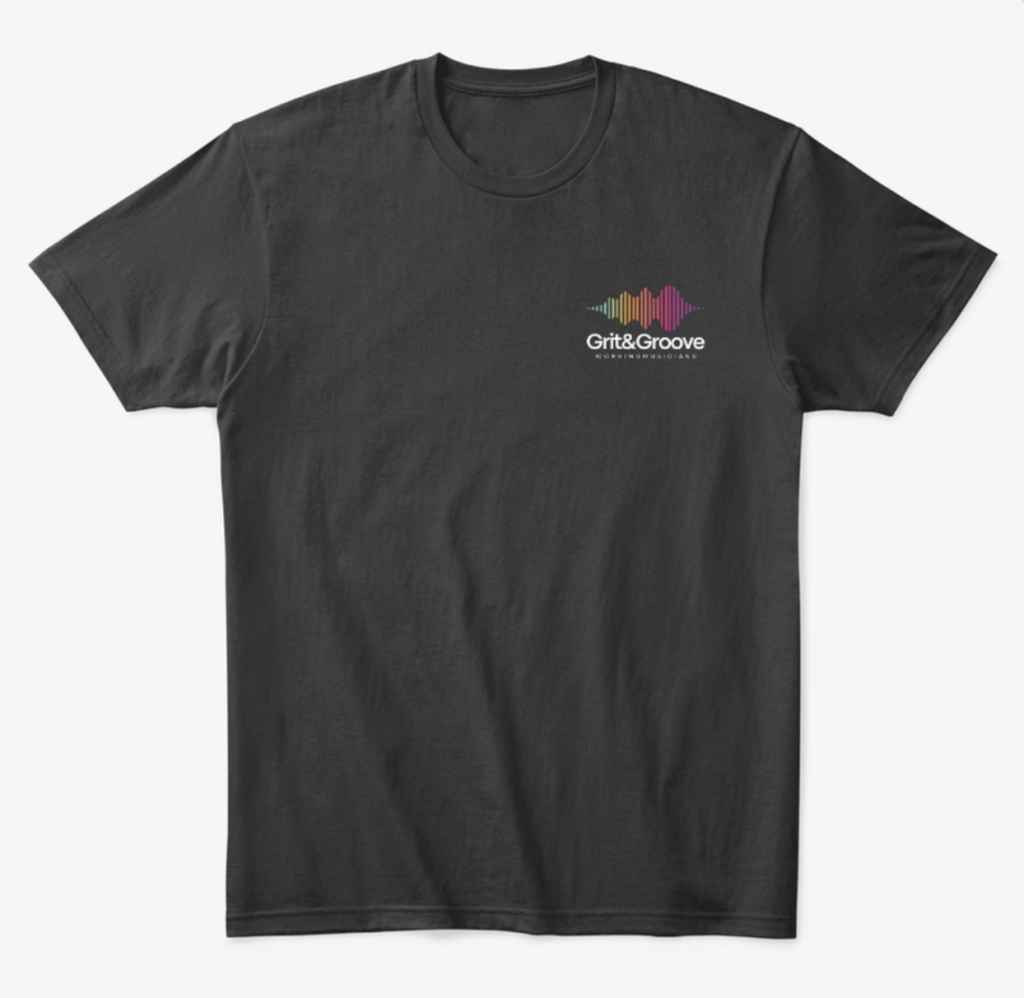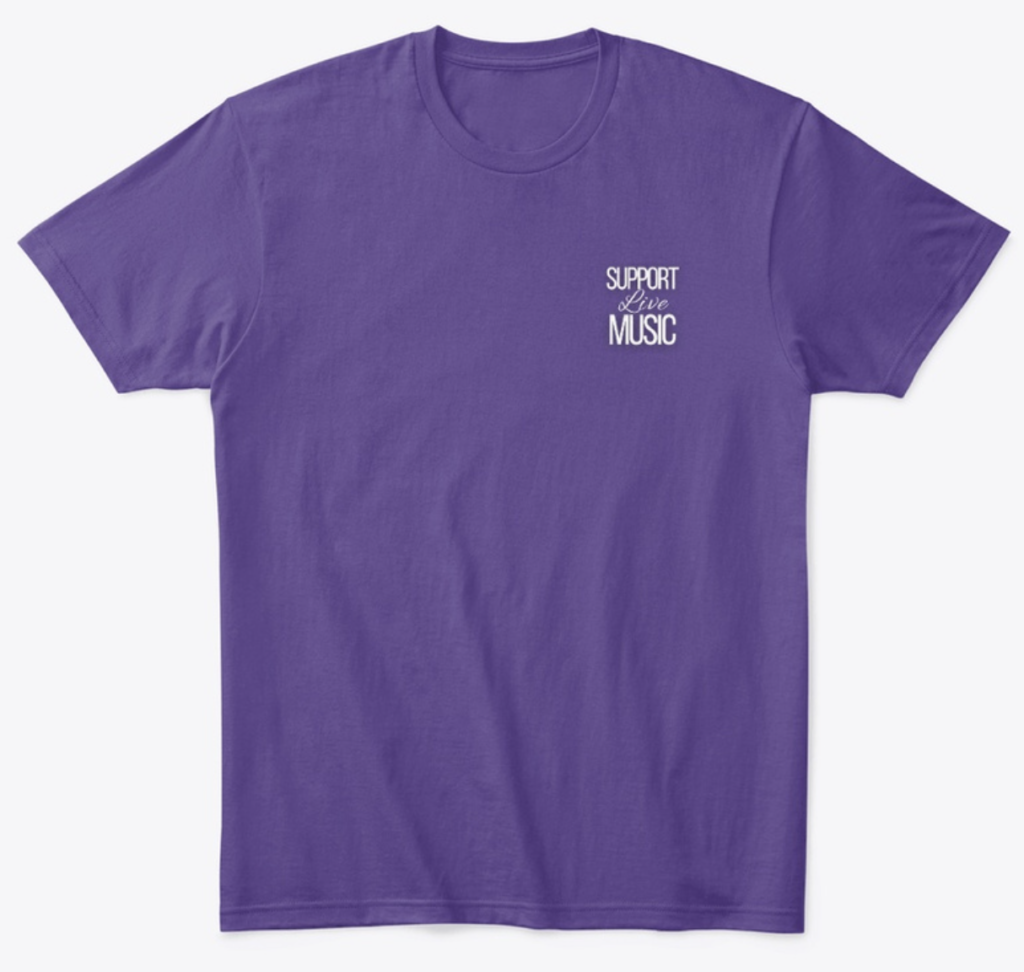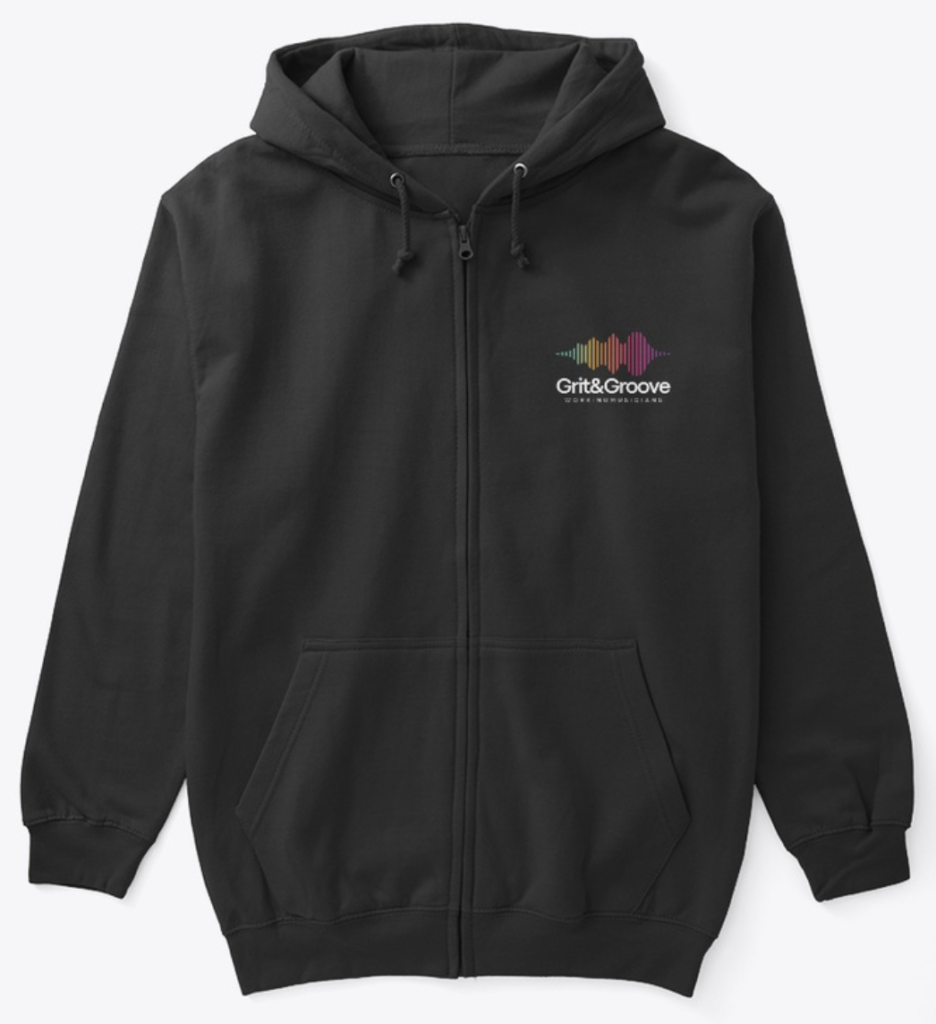Achieving the perfect sound is a blend of art and science. One of the most powerful tools in the box is the compressor. But what is compression, and how can it be used effectively in a live music setting? Let’s dive in.
What is Compression?
At its core, compression is a process that controls the dynamic range of audio. The dynamic range is the difference between the loudest and softest parts of a sound. In live music, this range can be vast, from the subtle nuances of a soft vocal to the roaring crescendo of a guitar solo. Compression helps ensure that these variations are more consistent, making the overall sound more balanced and polished.
Imagine a band playing on stage. The drummer hits the snare with varying intensity, the vocalist’s pitch and volume fluctuate, and the guitarist’s strumming varies in force. Without compression, these fluctuations can lead to an inconsistent and sometimes jarring listening experience. Enter the compressor, which acts like an automatic volume control, turning down the loud parts and sometimes boosting the softer ones.
The Basics of Compression
To understand how to use compression, it’s good to familiarize yourself with its primary parameters:
- Threshold: This determines the level at which the compressor starts to work. Any sound that exceeds this level will be compressed.
- Ratio: This defines the amount of compression applied. For instance, a 4:1 ratio means that for every 4 dB above the threshold, the output will only increase by 1 dB.
- Attack: This is the speed at which the compressor starts to work once the threshold is exceeded. A fast attack will clamp down on the sound quickly, while a slow attack will let some of the initial sound through before compressing.
- Release: This determines how long the compressor continues to work after the sound drops below the threshold. A short release will stop compressing quickly, while a longer release will keep the sound compressed for a more extended period.

Using Compression in Live Music
Now that we’ve covered the basics let’s explore how to use compression effectively in a live setting:
- Vocals: Compression is great for vocals to ensure clarity and consistency. Set a moderate threshold and ratio to smooth out the dynamic range without squashing the life out of the performance. A fast attack can help control sudden volume spikes, while a medium release will ensure the compressor doesn’t cut off too quickly.
- Drums: Drums have a wide dynamic range, from the soft tap of a hi-hat to the loud bang of a kick drum. Use a higher ratio to tame the peaks and set the attack time based on the drum. For snare and kick, a fast attack can be effective, while for cymbals, a slower attack might be more suitable.
- Guitars: For electric guitars, gentle compression can help even out the sound and add sustain. Set a moderate threshold and ratio, with a medium attack and release. For acoustic guitars, a lighter touch is often best to preserve the instrument’s natural dynamics.
- Bass: The bass can benefit from a tighter compression to give it a more consistent presence in the mix. A higher ratio with a fast attack and medium release can be effective.
- Keyboards: Depending on the instrument and style, keyboards might need only light compression. Set a higher threshold and lower ratio to retain the instrument’s dynamics while controlling any sudden volume spikes.
Tips for Effective Compression
- Start Subtle: It’s always best to start with subtle settings and adjust as needed. Over-compression can make the music sound lifeless and flat.
- Trust Your Ears: While understanding the technical aspects is essential, always trust your ears. If it sounds good, it probably is.
- Avoid “Pumping”: If you hear a noticeable up and down in volume, it’s a sign of over-compression or incorrect attack/release settings. Adjust accordingly.
- Multi-band Compression: Some advanced compressors allow you to compress different frequency ranges separately. This can be useful for complex mixes where you want to target specific frequency areas.
Conclusion
Compression is a powerful tool and when used correctly can elevate the quality of live music. It ensures a balanced and consistent sound, allowing each instrument and vocal to shine. By understanding its basics and applying it judiciously, you can achieve a polished and professional live sound that resonates with your audience. Remember, the goal is not to squash the life out of the music but to enhance and refine its beauty. Happy compressing!











